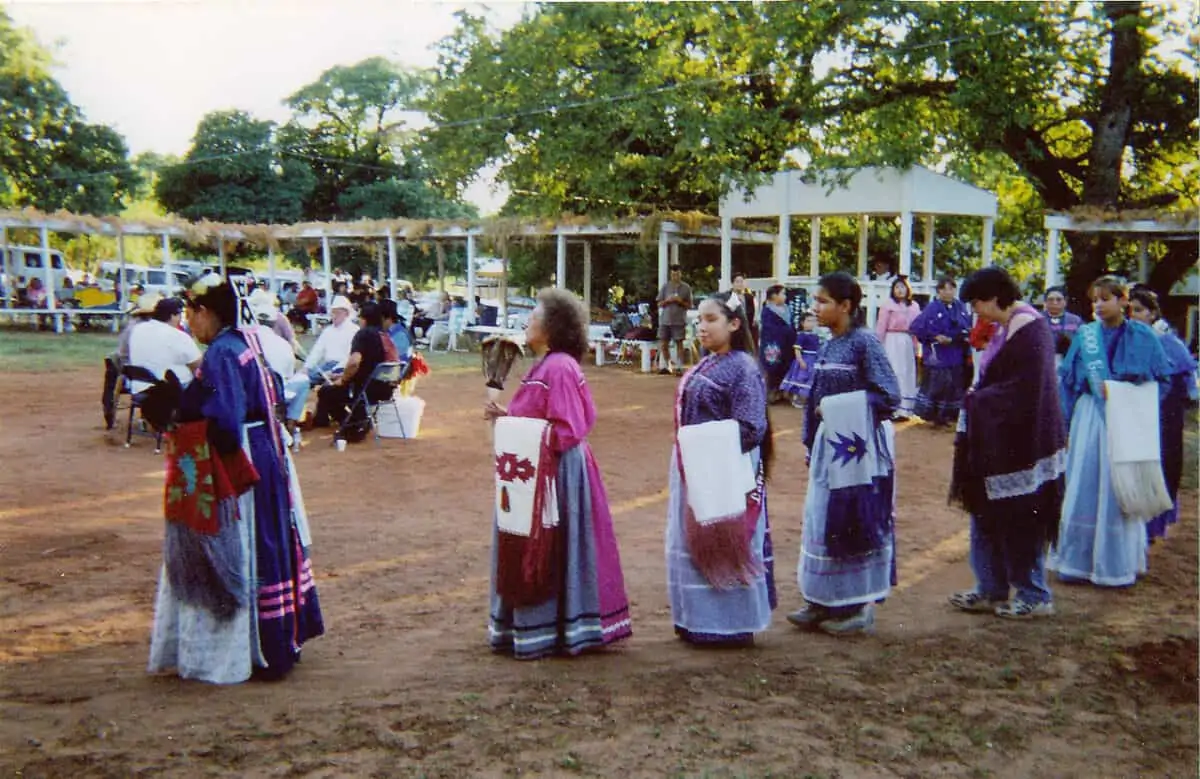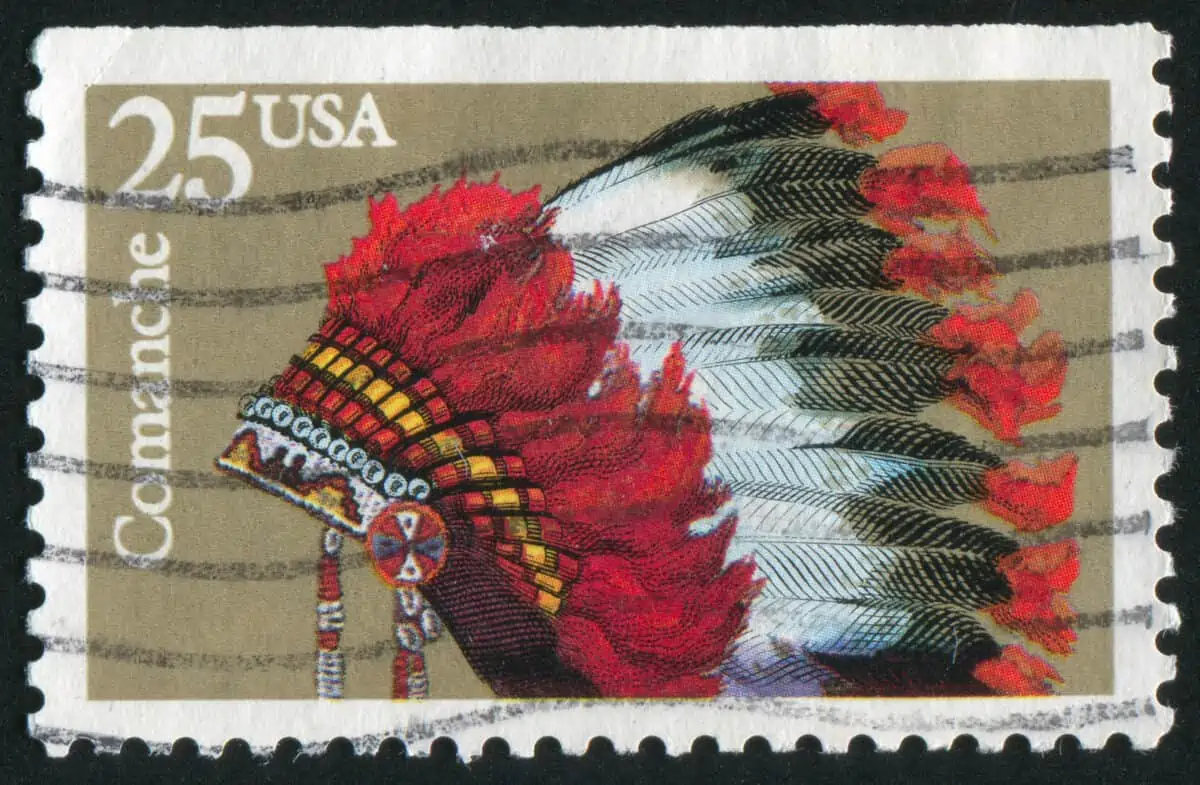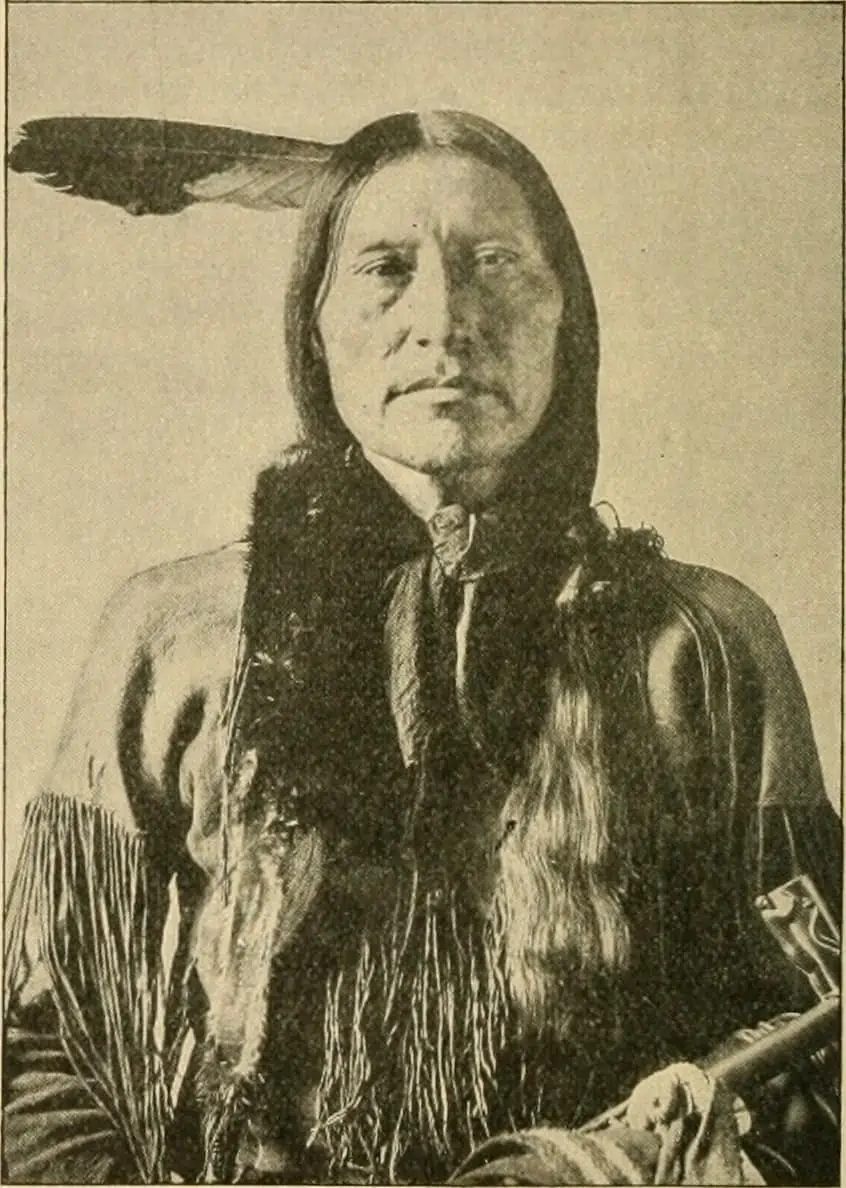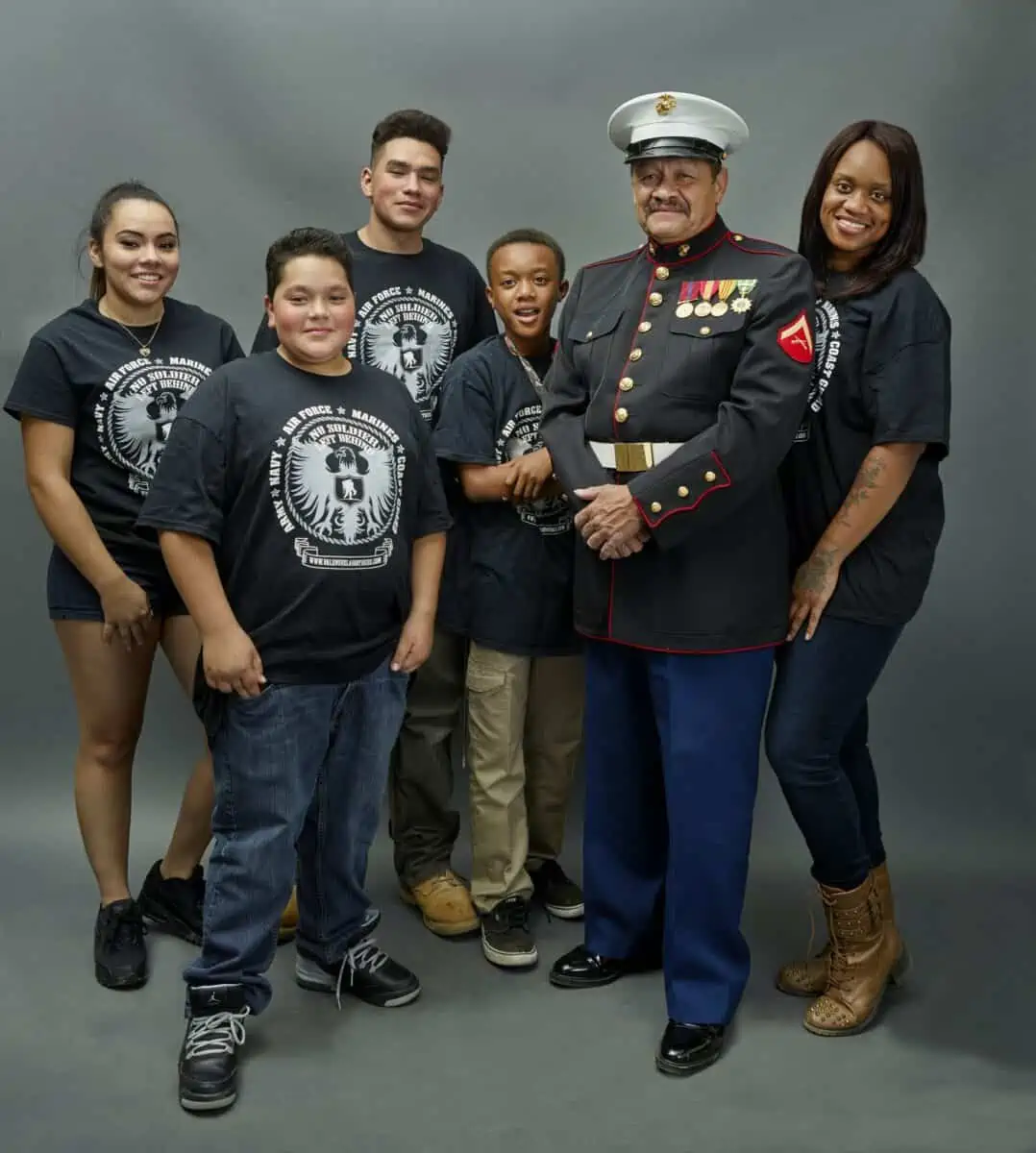When you think of Texas, what’s the first thing that comes to mind? Cowboys, the Alamo, and the desert may be top of mind. But there’s one thing you should also consider: the Native American tribes who once walked this land.
There are many Native American tribes in Texas, each with its own language, culture, and history. Since the birth of the United States, Native Americans have been an important part of its history. They’ve also had to overcome many challenges due to the encroachment of European settlers.
Early Native American Tribes in Texas
Like other Native American tribes, the early Natives in Texas lived in groups, hunted and gathered food, and mostly lived in tepees.
The Native Americans made their own clothing from animal skins and had a rich culture, including storytelling, dancing, singing, and music.
Texas’s history with the Native Americans is a very rich one. As a matter of fact, the name Texas itself originates from the Caddoan word “Taysha” which translates to friend or ally.
The area was home to more than 50 different tribes! Here’s a quick rundown of the most popular ones:
- The Caddo tribe
- The Comanche tribe
- The Jumano tribe
- The Karankawa tribe
Let’s explore their history and what tribes remain in Texas today!
The Caddo Tribe
The Caddo tribe is a Native American tribe known for its culture of peace and how it nurtured its young people. They lived in what’s now Louisiana, Arkansas, Oklahoma, and Texas.
Their Lifestyle
The Caddos were one of the most culturally developed tribes. They raised crops of corn, beans, and sunflowers on their farms. And unlike nomadic tribes, they didn’t travel much and usually settled in one area.
This meant that their homes were not temporary or hastily constructed. Caddos lived in grass houses like those built by other Natives, but they used different materials.
The houses had wooden frames bent into the shape of a beehive and were covered with grass. They were also quite large and could be as tall as 30 feet.

What They’re Known For
In addition to their skills as farmers, the Caddo Indians were also famous for their trading skills. The Caddos exported such items as pottery, salt, and flint to other tribes throughout Louisiana and Texas.
When Spanish and French traders arrived in Texas, they too began trading with the Caddos.
The tribe was also known for its ceramics, a craft that produced stunningly decorated pots and bottles in unique styles. They created works that reflected their way of life, their beliefs, and the feelings they had toward loved ones.
Hence, their works aren’t just relics of the past but also an insight into their beliefs and values.
Because they were friendly, some Spanish explorers called a group of the tribe “Tejas.” This is the Spanish spelling of the Caddo word “Taysha”, for friend or ally.
The Comanche Tribe
“All who have died are equal.”
– Comanche People
The Comanche tribe was one of North America’s most influential and feared tribes. They lived in Texas, Oklahoma, and northern New Mexico, known for their skillful horsemanship and hunting abilities.
They also excelled at warfare; their raids on other tribes and settlements were so devastating that they earned them the name “the Lords of The Southern Plains.”

The Comanche’s Lifestyle
The Comanches were known to be very troublesome to settlers and other tribes because of their aggressive nature and willingness to fight. They often battled against numerous enemies.
Comanches were nomadic and moved around from place to place quite frequently. As a result, their homes reflected their lifestyle.
Teepees were their main type of housing, and they were made of buffalo hide and grass; these were so easily folded up that they could be moved as needed.
They hunted buffalo on horseback using bows, arrows, lances, or spears. They ate mainly buffalo meat and various plants from their region’s trees.
What They’re Known For
The horse played an important role in this tribe’s culture, and they were well known for it. Horseriding was a skill that allowed the Comanche to gain a tremendous advantage in their battles.
Because it was an unknown skill among many other Indian people at the time, the Comanches’ equestrian talents helped them conquer easily.
Comanches were among the first tribes to acquire horses from the Spanish and soon became renowned for their horse breeding and trading skills.
This increased their resources, which changed their way of life on the plains forever.
Moreover, this group was one of the last to remain fighting against settlers from the east to the west. In fact, their control of the Texas plains might’ve even slowed down Spain and America’s expansion.
The Karankawa Tribe
The Karankawa tribe lived in the Gulf Coast region of Texas. Their reputation as fierce warriors was only exceeded by their reputation for attacking other tribes, including Spanish, French, and English settlers who arrived later.
The Karankawa’s Lifestyle
The Karankawa were nomadic people who lived off of hunting and gathering. They were less organized than other tribes and moved around frequently in search of food sources that were not depleted by other tribes.
They were skilled fishermen and hunters, which helped them survive during periods when their crops failed or game became scarce.
Craftsmen in this tribe used to create beautiful pottery and baskets that were lined with a substance called asphaltum. It made their art all the more special because this substance was usually found just on the shores of Gulf Coast beaches.

What They’re Known For
The first people that Spanish explorer Álvar Núñez Cabeza de Vaca met when he landed on the shores of Texas in 1528 were Karankwas. This was the first documented encounter between Europeans and Native Americans in Texas.
They were friendly to the Spanish and gave them food and shelter. The tribe’s kindness was soon exhausted, however, when the French expedition arrived.
At first, the expedition members and the Karankawa got along. Yet, when one of the members stole a canoe from the Karankawa and damaged their relations, the two groups started fighting each other.
In the end, the Karankawas attacked the French settlement and left no survivors except for children.
The Jumano Tribe
Jumano was a nomadic tribe that lived in and around present-day Texas and New Mexico area. They were famed for their farming skills and their ability to adapt to new environments.
The Jumaon’s Lifestyle
The Jumanos have been the subject of many conflicting opinions and stories. This is mainly because they lived in different regions of the Southwest.
Some Jumano groups lived along the Rio Grande and Rio Concho rivers in west Texas; others lived in the southern plains.
Furthermore, the Jumanos traveled frequently and they usually covered great distances between one place and the other. This made it harder for explorers at the time to record their studies properly.
Jumanos lived near rivers and springs, where they grew various kinds of plants like beans and corn. They were usually peaceful people who traded pottery, salt, and animal hides with many neighboring tribes.

What They’re Known For
The Jumaons had an excellent relationship with the Spanish explorers at the time. Sometimes, they served as guides and middlemen between other tribes and the Spanish government.
It wasn’t good for the Jumanos when another tribe, the Apaches, moved into their territory around the 16th century. The Jumanos were no match for them and couldn’t stand against their invaders.
Ultimately, the Jumanos blended into the Apache tribe. They were once a distinct nation that intrigues archaeologists and ethnohistorians alike.
The Jumanos were known for having tattoos and paint all over their bodies.
This was one reason the Spanish were confused; when they met any Natives on their travels that were tattooed, they assumed they were of the Jumano tribe.
Hence, why Spanish records might be a little tough to sort out.
Native American Tribes in Texas Today
Native Americans in Texas are a diverse group of people, with many different tribes and cultures. Some tribes are still very traditional, while others have adapted to modern society.
The state of Texas was once home to more than 50 Native American tribes. Today, many of their descendants still live in the state, but there are only three federally recognized tribes in Texas.
This recognition is important to the tribe because it means that the United States acknowledges them as a government and they exist politically in a “domestic dependent nation” status.
The federally recognized tribes in Texas are:
- The Tigua
- The Alabama-Coushatta
- The Kickapoo
Native American Tribes FAQs
Let’s take a look at some common questions about Native Americans!
Why are Native Americans called Indians?
This is mainly the fault of Christopher Columbus. He was one of the first Europeans to land in the Americas and mistook the land for “the Indies.”
Columbus was convinced he reached the shores of Asia and persistently referred to the people he met as “Indios,” a term that became common usage. The term is now considered politically incorrect.
How can we best honor Native American culture?
There are many ways to honor the Native American culture. Here are a few:
1. Explore Native American nations and tribes in your area
2. Read works by Native American authors
3. Support their charities
Which Native American tribe is the largest?
The largest Native American tribe is the Navajo. They’re located in the Southwestern part of the U.S. and are known for their intricate weaving.
References
- Origins of the Texas name: Texas State Name Origin.
- The first encounter between European settlers and Natives on the shores of Texas: The Conquistador Story | Texas State History Museum.
- The Comanche people quote: Native American.
- The importance of horses to the Comanches’ culture: Comanche | History & Facts | Britannica.
- The Jumano’s tattoos: Trans-Pecos Mountains and Basins.
Christian Linden is a seasoned writer and contributor at Texas View, specializing in topics that resonate with the Texan community. With over a decade of experience in journalism, Christian brings a wealth of knowledge in local politics, culture, and lifestyle. He holds a Bachelor's degree in Communications from the University of Texas. When he's not writing, Christian enjoys spending weekends traveling across Texas with his family, exploring everything from bustling cities to serene landscapes.











